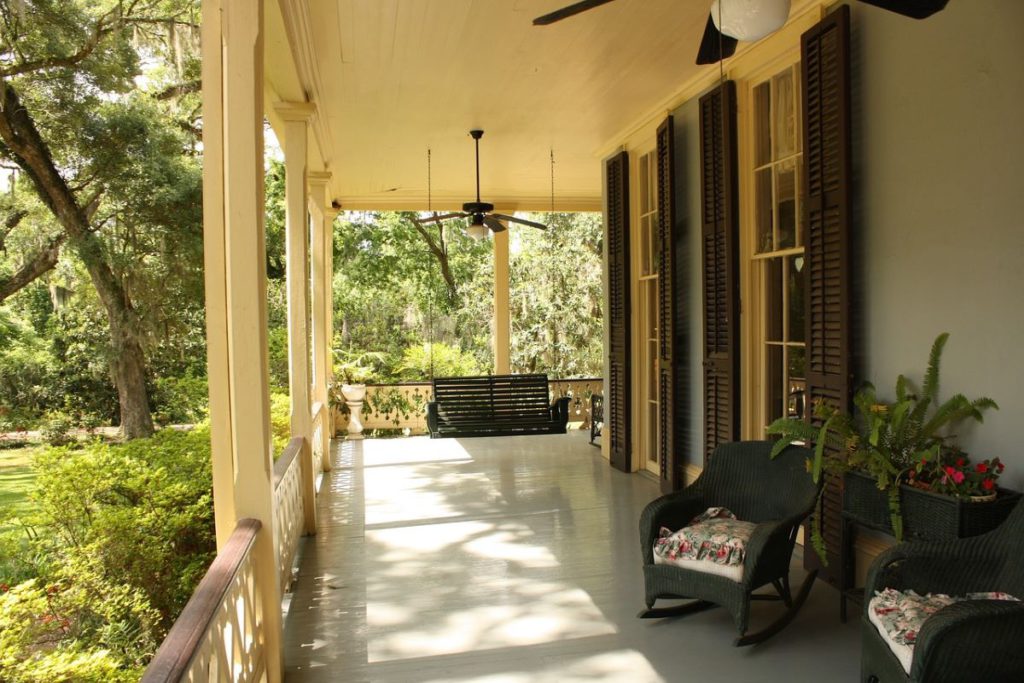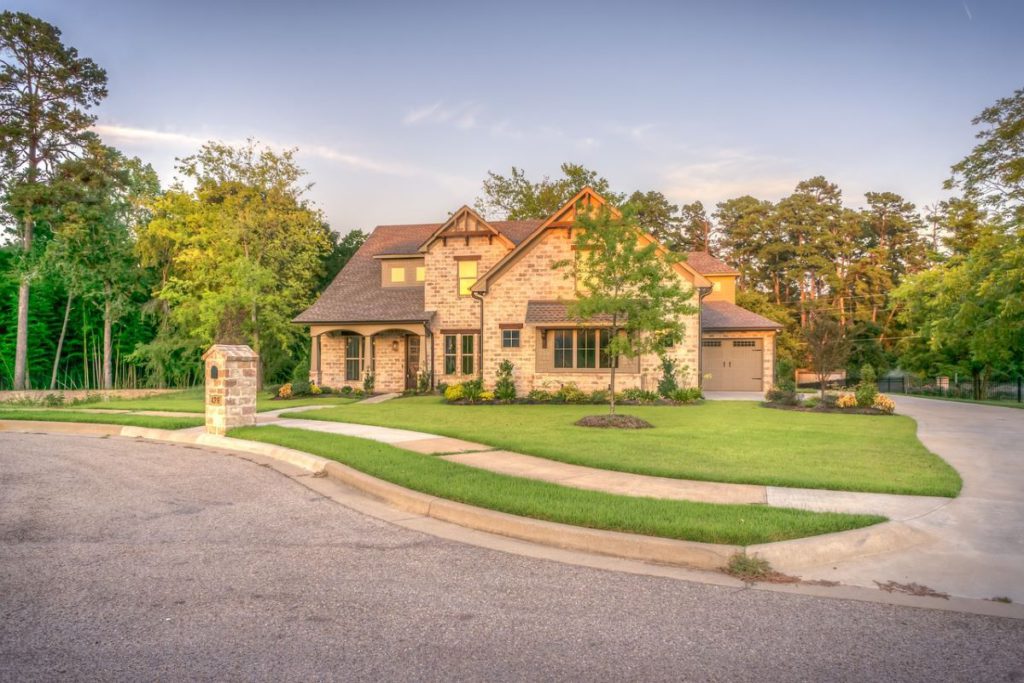Have you ever watched those drone shots of the incredible properties in LA and Darling Point or Double Bay and wistfully thought to yourself, “if only?”
You’re not alone. The architecture, the finish, and the sheer glitz of these places are jaw-dropping. Even the driveways look immaculate – not a weed or patch of moss to be seen. You can’t help but wonder who polished the paving slabs.
We all like our homes to look good. None of us wants the neighbours giving us a hard time. And, secretly (or not so secretly), we all like a compliment about our homes.
So – where do you start?
Stating the obvious, the only aspect of your house that anyone is going to see if they’re not friends or relatives or there for an emergency is the outside. That is why, here, we’ll focus on it.
And the only way you’re ever going to get your place up to scratch is to renovate – either with yourself doing the work – or by getting some tradies in.
And when it comes to sorting your house, looks still count in Australia – with good reason. Your home is likely to be the largest single asset you will ever own, so it is worth investing in the best ideas and the best materials you can afford.

Not only can the right improvements add a whole new level of usability and convenience, but they can also increase the value of your property considerably.
The first thing to do is an audit. Stand out in the street and look at the obvious things. Does the driveway need an overhaul, the garage door a new lick of paint, and the decking need some TLC?
In fact, of all the things to do, the easiest is probably the decking. Sanding off the surface and using timber oil will make a massive difference.
Merbau is a popular hardwood used across Australia for things like decking because of its durability and natural beauty in harsher climates. Using the best decking oil for Merbau and woods like it is an excellent investment because it helps to protect and maintain the natural tones and grain patterns of the wood.
And now, the latest versions of decking oil comply with all the Australian eco-label standards, and these are available from any good hardware or building supply store.
Before starting any major work – like the patio – where you will need to move quantities of soil or have paving slabs delivered, it is worth looking at how you can get access to the deliveries.
It is possible to hire all kinds of plants, from forklift trucks to move pallets of material to bubble cranes hire, where you might need access to more than one storey or across the ditch or other obstruction.
A crane is useful for access on sites where accessibility is very difficult – maybe walls surrounding the property with very narrow entrances, which make it impossible for delivery trucks or heavy machinery to get through. They can be costly to hire, and most need a qualified operator, but they save time – and the ability to drop supplies across a whole site makes them invaluable on some jobs.
An increasingly popular idea with architects is adding visual interest with aluminium cladding. This is catching on and is an easy and relatively inexpensive fix for tired external brickwork and timber. The panelling fits neatly over the existing walls or features and adapts to every building’s unique architectural style.
The panels usually come on pallets, and this is where the crane or forklift comes in very handy.
These aluminium façade panels are very versatile, hardwearing and need very little maintenance. They are ideal for the range of climatic environments we experience across Australia and are environmentally neutral.
There is a range of effects from “cool-tones” metal textures through brushed aluminium finishes and other metal hues, which are shaped and visually straddled across contours and areas other materials wouldn’t suit.
Fixing is easy – rather like you fix plasterboard dry walling onto a metal frame – these aluminium panels screw or weld onto a similar metal framework or are fixed, either on the current surface or by creating a new one.
Installed correctly, aluminium panels will last forever. They won’t rust or corrode and are totally heat, cold and UV resistant.
Remember, not all aluminium claddings available on the market perform similarly. Research before making a purchase decision since only high-grade products guarantee long-term protection against wear and tear.
A timber ceiling is another way of hiding a multitude of sins without having to demolish an existing ceiling or roof space. The type of timber used can be softwood, hardwood or engineered wood.
Softwoods are usually less expensive than hardwoods and are often used in the construction where cost savings are paramount.
Softwoods include pine, spruce, and cedar. Although they are less dense and less durable than hardwoods, softwoods are lighter, so from a structural point of view, they are more useful for buildings where the framework or fabric cannot sustain a lot of weight.
Hardwoods would include species like oak, maple, and cherry. These types of timber are much more expensive but far more durable and stable than their softer cousins. They will often have a natural beauty and intricate grain patterns, which look amazing when brought out by stains and varnishes.
Engineered wood is a composite material which is made from smaller pieces of wood glued together to form a larger, more stable panel or slab. Although it is not as aesthetically pleasing as natural wood, it can always be painted or coated to disguise the effect of compressing different wood textures and colours together.
A wooden ceiling set off by concealed lighting or spots makes for a stunning feature in any room or over any terrace space outside.
Maintenance is low – and the bang for your buck is high.
Whatever you decide to do with your ceiling and your house, it’s always better than doing nothing at all. Looks do still count, so make the most of what you have.

